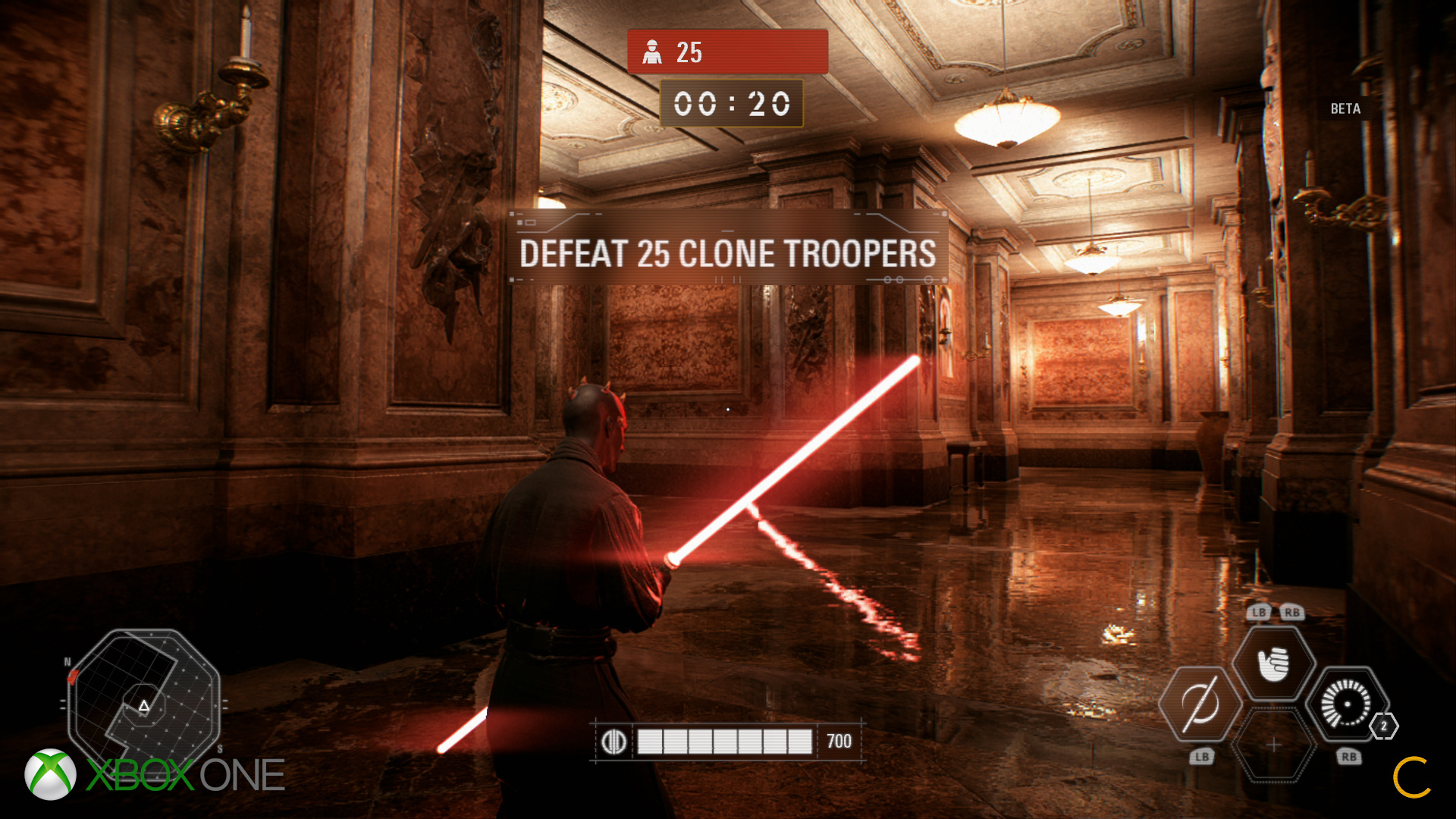


If you’re on the main menu, the HDR brightness slider (which is used to determine max brightness, so that details can pop) seems to work as intended. Many scenes are also susceptible to strange flashing – almost as if the HDR signal being sent to the TV is continuously being swapped between actual HDR and SDR.Īn image from another player experiencing the same issue shows this off well:īattlefront II also offers little control over how to set up your HDR, and it’s strangely dependant on where you try it from.

Severe colour-banding (a pixellation on the majority of the screen that shows incorrect extended colour gamut handling) run rampant. Brightness will drop suddenly and colour will somewhat be restored, bringing out some good detail when you’re at least playing the game.īut hop into a cutscene (especially in single-player), and things get really bad. There’s a district shift too when the game transitions in and out of gameplay too. Menus are extremely washed out with HDR enabled – drained of colour and reminiscent of a backlight being pumped to its extreme without any contrast control (the crux of HDR really). I’ve been playing the game on a PS4 Pro and HDR complainant TV for most of the weekend, and it’s good to see that my complaints with the many visual oddities I encountered aren’t rare. Battlefront II, as it currently stands, rests neatly in that last category. And, worse still, some that dilute the image so poorly that it’s often best to turn off the feature entirely. But there are games that just don’t hit the mark at all. Games can do stellar jobs at implementing the feature, as titles like Uncharted, Horizon Zero Dawn and Gears of War 4 show. But in reality, it’s currently a bit of a minefield. HDR, or High-Dynamic-Range imaging, has been touted as the larger difference to games than resolution.


 0 kommentar(er)
0 kommentar(er)
